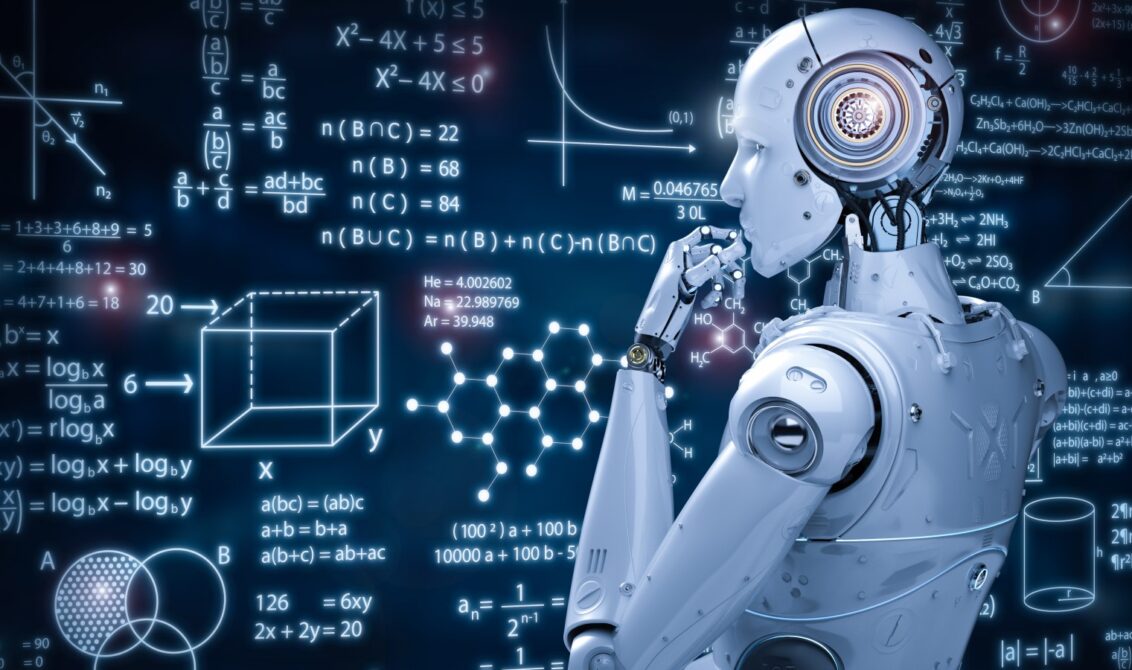
We’re in an exciting age of digital revolution. Like the industrial age before it, the information age is characterised by innovations disrupting ‘business as usual’. Technology, to date has impacted the lives of people more than any single leader or politician. Smart watches that record health parameters; cars that drive themselves; sensors that measure efficiency of irrigation systems, technology has just been making life better everywhere.
The true meaning of digital transformation is the change that needs to be constantly undertaken in order to integrate and master the rapid effects of technology. It is something achievable, which requires vision, knowledge, and foresight.
The only way to keep moving forward is to create the future with emerging technologies
The nature of technology means that digital transformation is not a race. It is rather a continuous process to gain foresight, accept, assimilate and utilise technology’s breakthroughs as they happen. Only by managing the information available to the initiative can any industry begin its digital transformation processes.
Among all the significant transformations happening across various industries, healthcare is one such industry that is being revolutionised with the latest technologies to meet challenging demands of this unprecedented time of COVID-19.
COVID-19 has changed our world from physical to entirely ‘virtual’ overnight. As most of us are almost confined, work from home & learn from anywhere are the new realities.
We’ve all been given a mandate for change and the fundamentals of the world are changing for better. Several technologies have proved to be immensely helpful for speeding up the treatment of COVID-19 patients.
Throughout history, pandemic outbreaks have devastated populations from the bubonic plague to the 1918 Spanish flu; and more recently, Bird flu; Ebola and SARS. With globalisation facilitating the spread of the corona virus disease, complex challenges have emerged. However, technologies such as artificial intelligence (AI) are providing more answers.
Artificial intelligence means technology that is becoming as smart, or smarter than humans
In the last decade or so, we witnessed AI becoming a vital force that may now help us overcome the limitations crises such as COVID-19 has forced on us. AI has already engaged us with, speech recognition and autonomous vehicles, which will continue to develop and revolutionise the way we live our lives.
AI has always been leveraged by the healthcare sector to unlock insights and uncover causes. Fast forward to 2020 and it made a comeback as a tool for improving human decision making; to predict, model, and slow the spread of the disease in this pandemic outbreak and finding cures.
As in many other fields, the health and science industries have recently gained the ability to collect massive amounts of data. The question then becomes what to do with it. AI is about predictions – organisations want to be able to forecast what’s going to happen. AI is giving researchers the ability to process and gain new understanding from massive amounts of data. With data being the key to run an AI model, companies and government entities are accelerating their pace with AI-powered solutions to enhance their operations to make informed decisions.
Patients looking for routine treatments are avoiding hospital visits, pushing medical professionals to adopt telemedicine. This means patients can connect to healthcare providers via virtual visits – and may signal the end of waiting rooms forever. AI powered solutions are allowing people to gain healthcare knowledge to further understand diagnosis and the treatment of medical conditions. These people can talk, share information through text, audio, or images, and get immediate help from subject matter expertise.
Conversational AI – one of the subdomains in AI; is proving its worth amid this crisis, which is crucial in addressing these challenges, especially when we are in a period of limited human interactions.
With chatbots having become an important tool for people to rely on for preliminary medical diagnosis to help steer them in a guided direction. Several government agencies, as well as businesses have deployed chatbots on their platforms.
Outlining a few parallel methods in which AI has simply become a driving force in the evolution of our industries by enabling cognitive abilities like visual perception, speech recognition, and language understanding; AI will continue the long-awaited journey for those of us willing to adapt to the changes. The goal for AI is to give computers the ability to deal with ambiguity, by making predictions using previously gathered data and learning from errors in those predictions to make more accurate predictions in the future.
Despite rapid advancements in tech, AI technology is still young. In its relative infancy, AI carries exciting possibilities and untapped potential. It is up to us to consider and decide how; when; where; and why, to apply this technology.
What problems can AI solve? What new opportunities will it uncover?
For businesses, AI is no longer the future – It is the here and now. For the rest of us it is imperative to ‘figure out’ or be ‘left behind the curve’. AI is today’s practice, it’s no longer a faraway science project.
With the fear that the next generation isn’t prepared for the shift to AI, the one great limitation – being lack of knowledge, skills, and values driving innovation in AI today; the primary goal should be to empower more people with varying skill levels to be AI ready.
The way forward is by preparing to be successful in the modern workforce, regardless of ones’ career path.
AI’s true transformative potential lies in re-imagining the role of data and AI in our day-to-day decision making. It is safe to say how essential it is to resolute to different ways of accelerating each step in the developments of ‘emerging technology’.
Around the world articles
Our Around the world series takes a look at the key issues and topics affecting you, our readers. Featuring articles written by international school teachers and learners, they get right to the heart of a subject from the perspective of the author. Take a look at more articles in the Around the world series and get in touch if you’d like to contribute to the series by emailing internationalschools@pearson.com.

